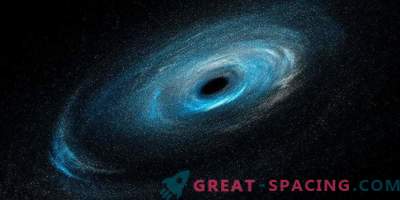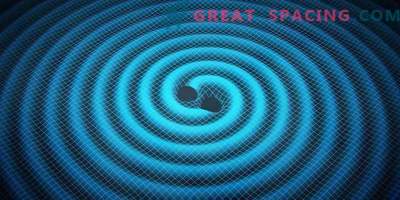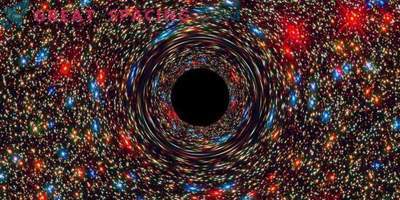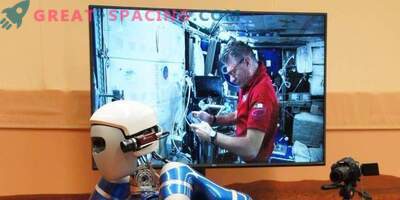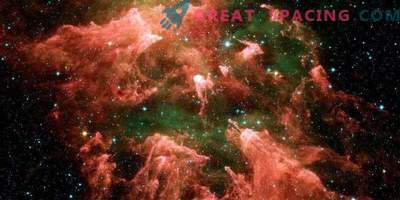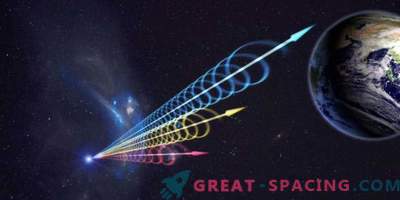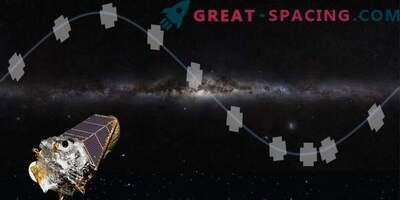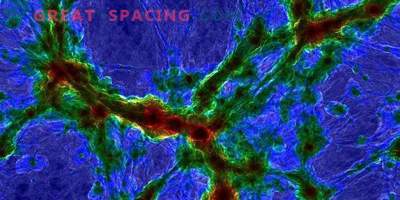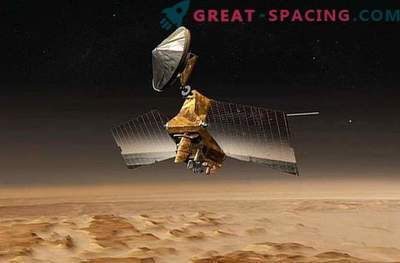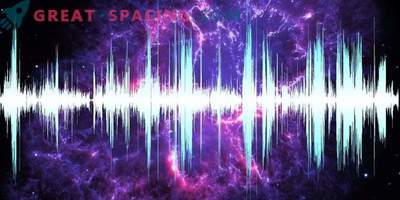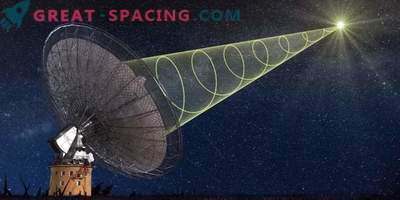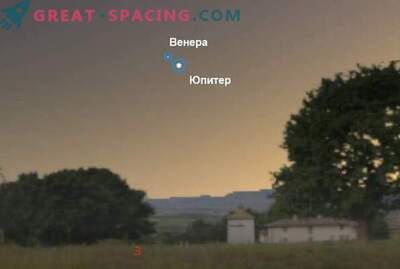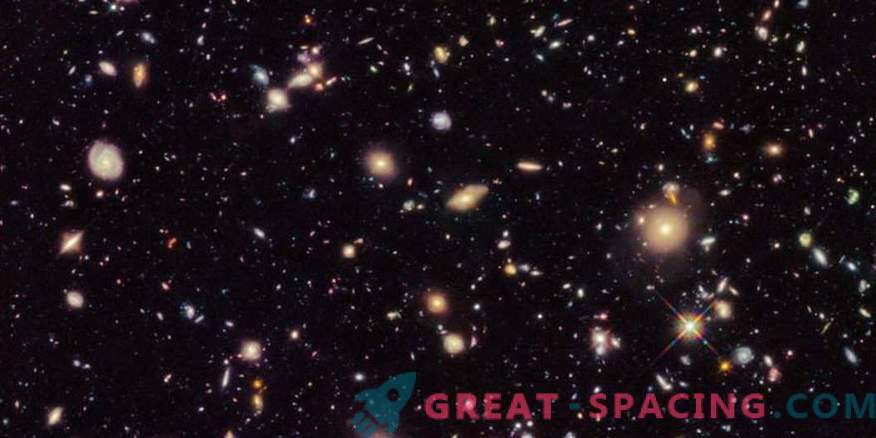
Researchers taught an artificial intelligence (AI) program, which is used to recognize faces on Facebook, to identify galaxies in deep space. As a result, the project appeared ClaRAN, scanning photos from radio telescopes. The main task is to detect radio galaxies - sources with powerful radio stations from central supermassive black holes. Large black holes are believed to reside in the center of most galaxies (perhaps all).
Periodically supermassive black holes release jets fixed by radio telescopes. Over time, they are able to reach far from their native galaxies, making it difficult to find the exact source of traditional programs. Therefore, ClaRAN takes over.
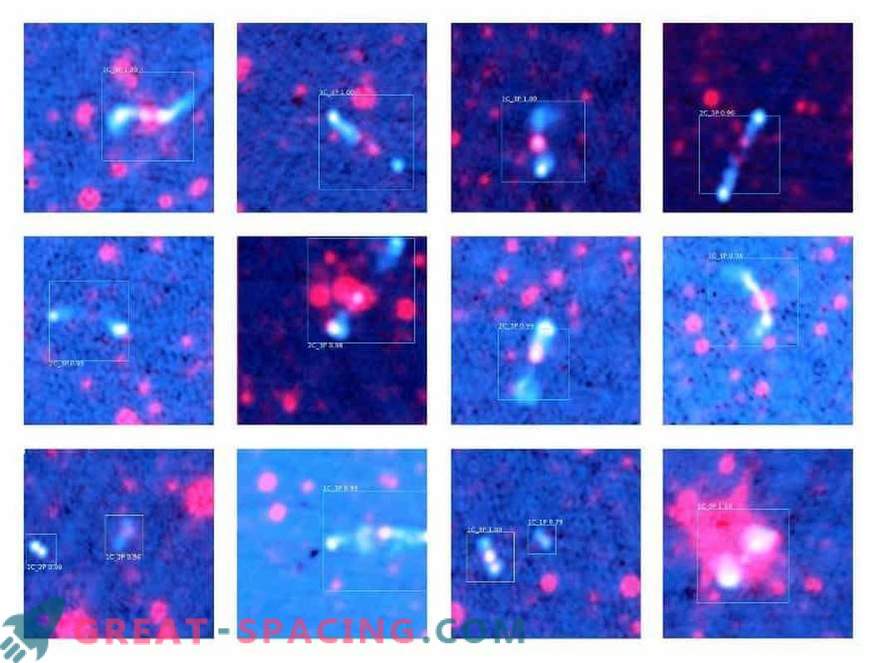
The 14 predictions of radio galaxies from ClaRAN were made during the scanning of radio and infrared data. All forecasts are made with a high level of “confidence”. Confidence 1.00 indicates that ClaRAN is extremely confident that it’s a system of radio galaxies, and its classification remains correct
Initially, the program was used to detect objects in Microsoft and Facebook. But it was completely redone and tuned in to search for galaxies instead of people. ClaRAN is available open source.
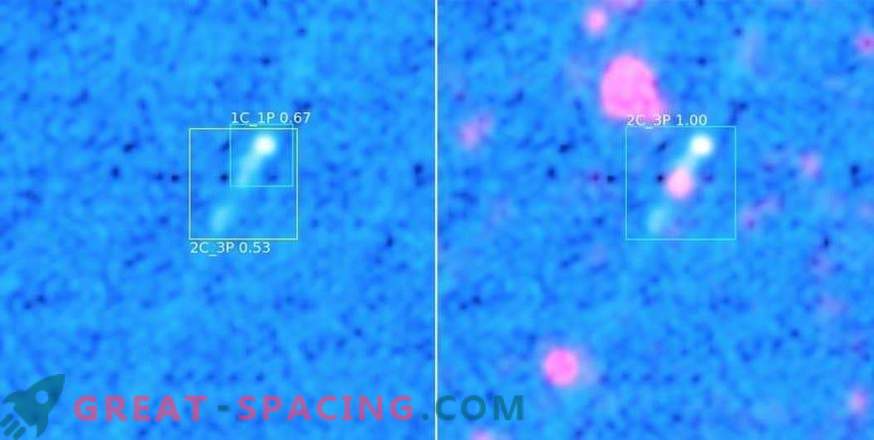
By combining data from different telescopes, the level of ClaRAN confidence in detection and classification increases. Confidence at 1.00 indicates that the program is convinced that the source found is a radio galaxy. On the left is a radio galaxy found by ClaRAN using radio telescope indicators (forecast - 0.53 and 0.63). Right - the same galaxy, but with the addition of data from the IR telescope (confidence - 1.00)
Upcoming studies using the Australian radio-interferometer ASCAP will show up to 70 million galaxies. Traditional computer algorithms are able to correctly identify only 90% of the sources. That is, 10% or 7 million complex galaxies will be ignored if you do not connect ClaRAN. For training programs used high-precision catalog of galaxies.
The new generation of programmers spends 99% of their time on creating better quality data sets, and then they train AI algorithms to optimize data. This is the future of programming. If we succeed in introducing these advanced methods for next-generation telescopes, then science can be maximized.

